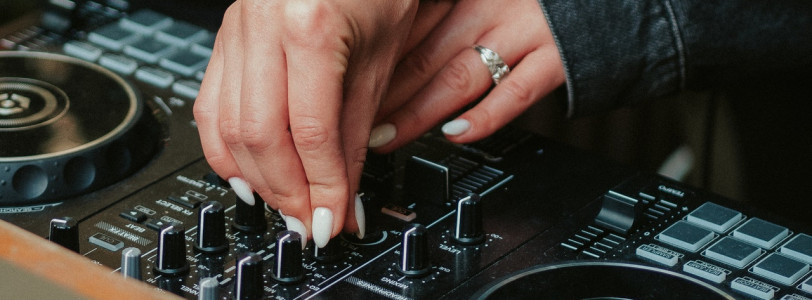2021 was the year for new and exciting releases, and many of the songs that topped the world charts were written or produced by female artists. Does this mean that things are getting better for women in the industry? Before jumping to conclusions, let’s take a look back at 2020.
The USC Annenberg Inclusion initiative report “Inclusion in the Recording Studio?” is an annual study that collects information about gender and race/ethnicity for artists from all fields in the music industry (including songwriters to producers) by examining around 900 songs. The latest report, published in March 2021, conducted by Dr Stacy L. Smith, and founded by Spotify, revealed some seriously concerning figures.
For songwriters and performers
Based on the “Billboard Hot 100 Year-End List” from 2012 to 2020, the study revealed that across three key roles in the industry, 21.6% of women are artists, 12.6% are songwriters, and 2.6% are producers. These figures indicate a very low participation rate of women within the industry, compared to the number of men involved in the same roles. Out of 449 credited songwriters, 87.1% were men, while women represented 12.9%, and this was in 2020 alone.
Across nine years, only 12.6% of songwriters were women, which means a ratio of seven men to every one woman. Analyzing the artists featured in the “Billboard Hot 100 Year-End List” chart for 2020, none identified themselves as gender-nonconforming or non-binary. According to this report, women are most prevalent in the pop genre, representing a percentage of 32%. But a different report shows that women and non-binary people are most prevalent in indie music. Interestingly, as 2020 was the nine-year high for underrepresented racial/ethnic groups artists, the percentage of women artists from these groups has declined.
Behind the songs: the producers
By examining every song featured in the “Billboard Hot 100 Year-End” charts from 2012 to 2020 (excluding 2019), the study shows that in a total of 1291 credited producers, 97.4% are men, while only 2.6% are women. Although the percentage of women involved in production has shown little change, it has declined from the 2019 figure.
Out of every song featured as the most popular song of 2020, only one credited a woman engineer (Ariana Grande), while none credited a woman of colour producer. In general, the ratio of men producers is 180 to every one woman from an underrepresented group.
At the Grammys: things are looking better
Between 2013 and 2021, 1359 people were nominated for an award, with 13.4% women and 86.6% men. Still, the number of women nominees increased from 2020 to 2021 since women represented 28.1% of nominees, making 2021 their 9-year high. This means that there were nearly four times as many women nominated for the five categories that the report evaluates than in 2013.
The number of women nominees has increased considerably for the 62nd edition of the Grammy Awards. This reflects an effort from the Recording Academy to include women and promote the participation of women in the industry. Although this offers a very positive outlook for the future, there is still a lot to do for women of colour - a crucial community to support.
Have things actually changed?
The short answer is: maybe, but it’ll take time and the initiative for the industry to change. As for women generating change, there are many organisations worldwide working towards a more inclusive and equal industry for all music makers. For example, the ‘Boulanger Initiative’ supports women and all gender marginalised composers. ‘She Is The Music’ is another that celebrates women’s work in the key roles of the industry, and the ‘International Alliance for Women in Music’ advocates for women composers by promoting their music around the world.
The USC Annenberg Inclusion initiative report suggested some key recommendations for change. One of them is to take every song as an opportunity to include women; whether it is in the writing process, performance, production, or mixing, considering a woman to take on the role can cause a great impact.
As individuals, we can do our part to promote the work of the incredibly talented women making music around the world. Supporting your local female artists, streaming and performing their music, is a huge step towards a broader industry.
Historically, female musicians were overshadowed by their male contemporaries. How many of us associate the name Schumann with Robert instead of Clara?. Like all great changes, it will take time. But we owe it to the women in the past and the ones to come, to be heard.









0 Comments